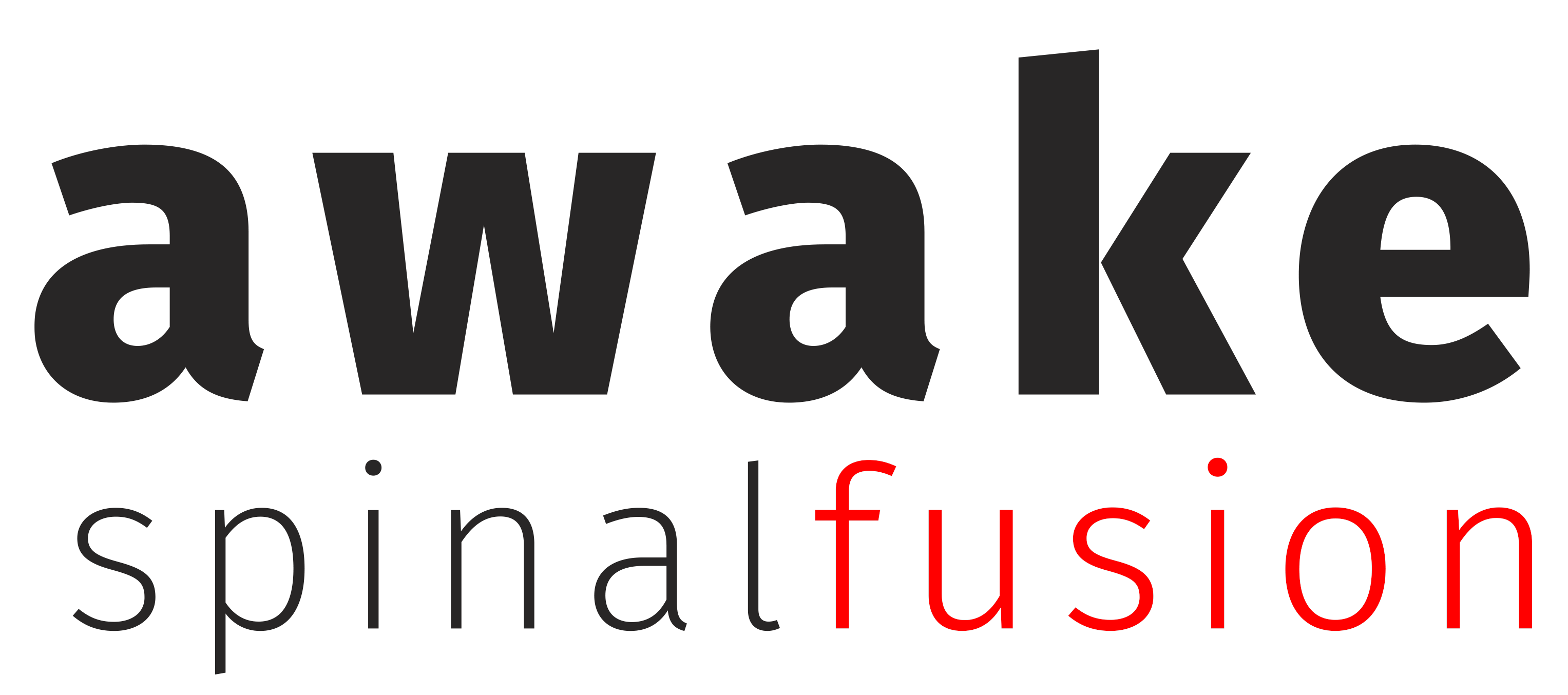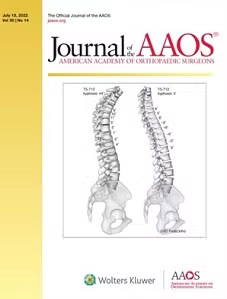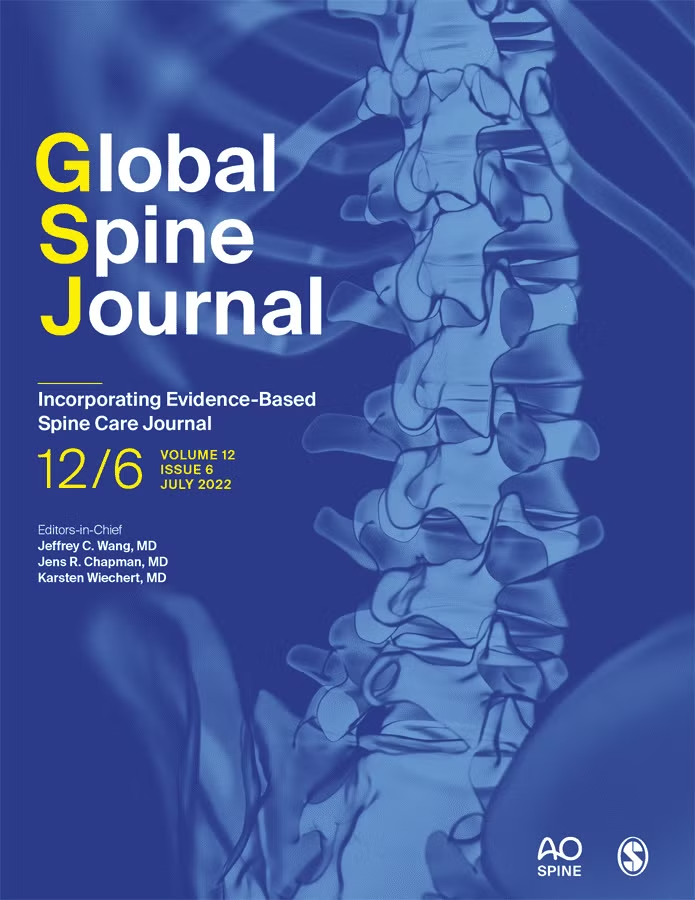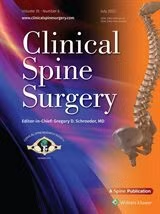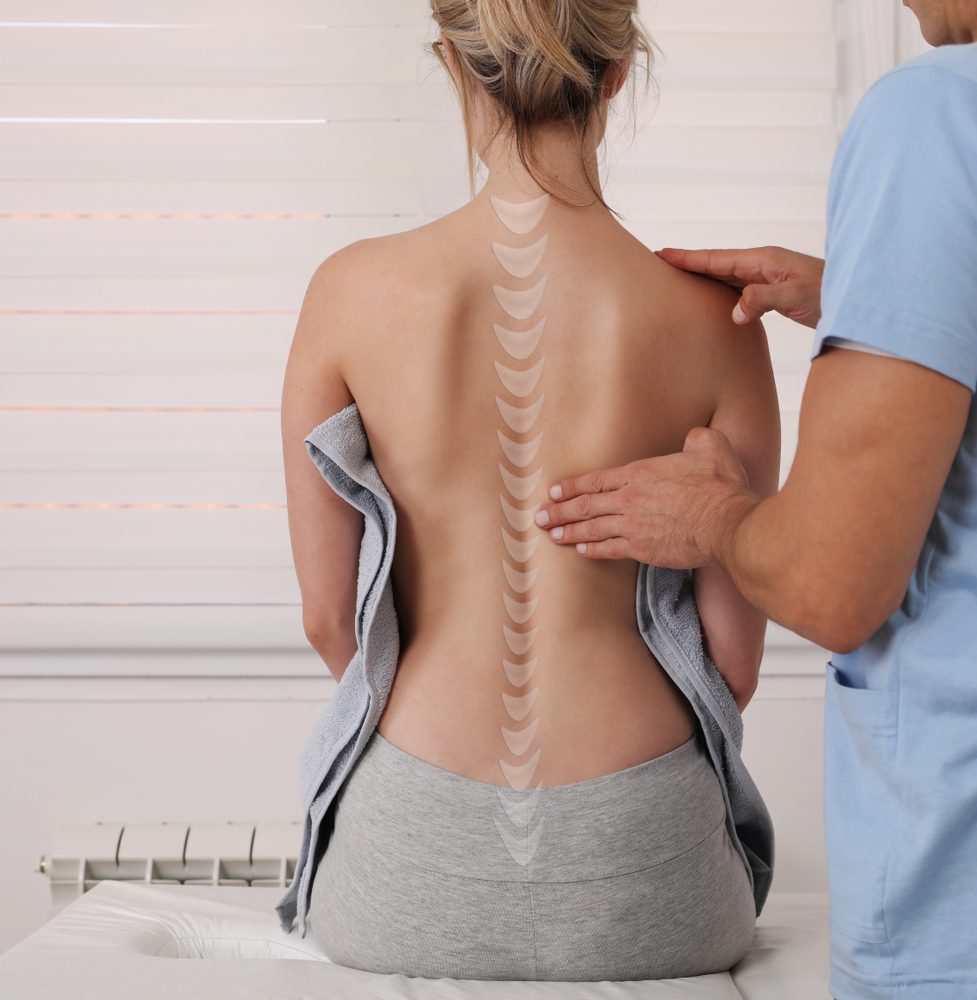
Did you know that 72.3 million U.S. adults — or 28 percent of the adult population nationwide — suffer from chronic low back pain (CLBP) nearly every year? More than three-fourths (76 percent) say it has interfered with their ability to complete everyday tasks.
What’s more: Treatment for chronic low back pain has shown to be deficient, with too many sufferers taking opioids (15 percent) despite updated guidelines from the U.S. Centers for Disease Control (CDC) noting inadequate effectiveness and inherent risks, according to the survey’s published report. “Only 5 percent are utilizing minimally invasive lumbar decompression treatment — options which are now considered appropriate for earlier use.”
The newly published research and accompanying presentation revealed that:
- More than half (53 percent) say CLBP has had a major or moderate negative impact on their quality of life.
- More than one-third of chronic low back pain sufferers (36 percent) report the issue is “severe”, “very severe”, or the “worst pain possible.”
- 44 percent say they’ve been experiencing it for five years or more.
- More than one-third of sufferers (37 percent) have never been told by a health care professional what causes their pain, despite 86 percent strongly or somewhat agreeing that it’s important to know the specific cause so their pain can be managed effectively.
- Only two in five (39 percent) have ever been told that this type of back pain can be caused by lumbar spinal stenosis (LSS), a condition often caused by an enlarged ligament compressing spinal nerves.
- Four out of five sufferers (82 percent) experience at least one symptom consistent with lumbar spinal stenosis, yet nearly four out of five (78 percent) do not know an enlarged ligament can cause CLBP.
The vast majority (84 percent) say they wish there were better treatment options for their CLBP. Unfortunately, 78 percent have accepted the pain as part of their life, despite treatment advances that might help address the cause.
Minimally Invasive Nerve Decompression: Non-Surgical vs. Surgical
People who suffer from chronic back pain know how disruptive it can be to anyone’s life. Unless you find relief, you’re unable to think of much else or perform common life tasks and routines. Spinal decompression therapy can be surgical or non-surgical, where your chronic low-back pain is relieved through decompression tactics versus actually having surgery.
The decompression option is not for everyone. The spine is gently stretched. As a result, it changes position and force. Creating negative pressure in the spine removes pressure from the discs, which are gel-like cushions between the bones in your spine. This may relieve pressure on nerves and other structures in your spine, thereby reducing bulging or herniated discs. By doing this, discs can receive more oxygen, nutrients, and hydration.
You remain fully clothed. A harness is fitted around your pelvis and another around your trunk by the doctor. A computer-controlled table allows you to lie face down or face up. You’ll receive treatment tailored to your specific needs by a doctor operating a computer. Over the course of five to seven weeks, you may need 15 to 30 treatments, which last 30 to 45 minutes each. You may also receive other types of treatment before or after therapy, including stimulation using electricity (electrical current contracts certain muscles), ultrasound (sound waves to generate heat and healing), or cold/heat therapy.
The following medical conditions can be treated with non-surgical spinal decompression:
- Pain in the back or neck, or sciatica (which is a pain, weakness, or tingling in the legs).
- Disc bulges or herniations.
- Posterior facet syndrome, also known as worn spinal joints.
- Spinal nerve roots that are injured or diseased.
However, non-surgical spinal decompression needs further research to determine its safety and effectiveness. Researchers and doctors are still comparing the effectiveness of spinal decompression versus other alternatives to having surgery in order to determine how effective non-surgical strategies are. A number of treatments are available, including NSAIDs (non-steroidal anti-inflammatory drugs), physical therapy, exercise, limited rest, steroid injections, braces, chiropractic work, and acupuncture.
Who Should Stay Away from Non-Surgical Spinal Decompression?
Consider non-surgical spinal decompression only if you are a good candidate. Pregnant women should not try it. It’s also not recommended for people with fractures, tumors, abdominal aortic aneurysms, osteoporosis, or metal implants.
So what should you know about minimally invasive spinal decompression surgery? Back pain can also be treated surgically. In most cases, it’s a last resort. Bulging or ruptured discs, bone growths, and other spinal problems may require surgical options if other methods do not work. A spinal cord or nerve injury may result in pain, numbness, tingling, and weakness — and oftentimes, surgery can help relieve these symptoms.
Types of Outpatient Spinal Decompression Surgery
Different types of back surgeries may be recommended by your doctor to relieve pressure on your spine depending on your situation. Additionally, spinal fusion may be necessary to stabilize your spine. Among the most common types of back surgery are:
- Discectomy: Nerve pressure is relieved by removing a portion of the disc.
- Laminotomy or laminectomy: Bones, sections of bony arches, or even the entire bony arch can be removed by a surgeon. As a result, the spinal canal is enlarged and pressure is relieved.
- Foraminotomy: In order to expand nerve root openings, a surgeon removes bone and other tissues.
- Osteophyte removal: Bony growths are removed during surgery.
- Vertebral bodies and discs between them are removed.
Decompression Surgery: Risks and Rewards
There are risks associated with any surgery. A small proportion of decompression surgery patients are at risk of infection, bleeding, blood clots, allergic reactions to anesthesia, and nerve damage.
However, for most patients, this type of surgery is one of the best medical decisions they ever made.
Awake Spinal Fusion can answer all your questions regarding surgical versus non-surgical options so you can make an informed decision about treating your chronic low-back pain. Empower yourself with the right information and advice to do what’s right for your spine.
